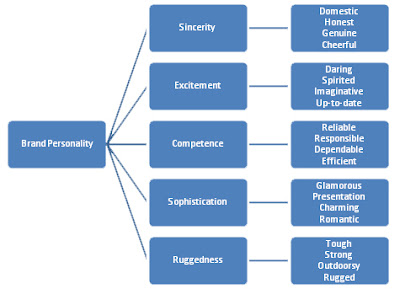How do you choose the right colors that resonate with your audience? Which color is likely to convince a customer to buy your product? This is where we turn to the patterns that emerge in color perceptions:
In the study, Impact of Color in Marketing, researchers found that up to 90% of snap judgments made about products were based on color alone. In another study, The Interactive Effects of Colors, researchers found the relationship between brands and color hinges on “the perceived appropriateness of the color being used for the particular brand.” In other words, the color must "fit" the brand personality and product profile.
As you choose colors for your brand, it’s important to consider that brand personality association. Start by first identifying your brand personality. Below is the basic guideline for developing that profile:

The next step is to choose color(s) accordingly. While feelings associated with colors are open to personal interpretation, there is generally accepted color theory based on how the majority of people respond to specific colors. For example, red and yellow induce appetite; blue suppresses appetite; green signals serenity and natural, earth-friendly vibes, etc. The chart below captures that general color theory:
 |
| Source: Contentmart |
Does your brand fall in line with contemporary color theory? Which color best suits your product line?
Good luck!
Ellen Moriarty



